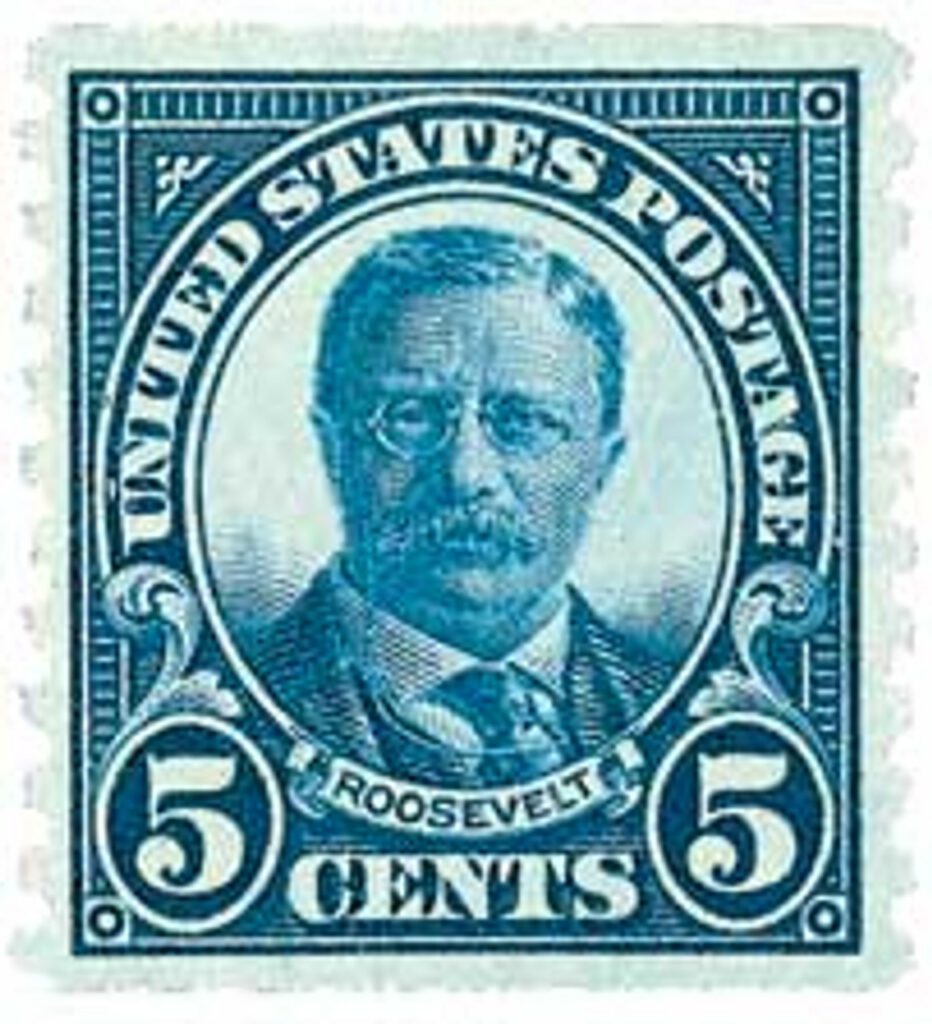
On November 9, 1906, Theodore Roosevelt visited the Panama Canal Zone, marking the first time a sitting U.S. President visited another country.
Proposals for a canal across Nicaragua or Panama began as early as 1889. United States public opinion of the canal was generally unfavorable until 1898, when an explosion aboard the Maine sank the battleship at a Cuban naval base.
As the Spanish-American War loomed, the battleship Oregon sailed through San Francisco’s Golden Gates to save the day. The eyes of the world were on its 16,000-mile course around Cape Horn and through the dangerous Straits of Magellan. The 67-day journey clearly showed the military significance of an isthmian canal. However, President McKinley was assassinated before he could negotiate rights to a canal.
McKinley’s successor, Theodore Roosevelt, saw the canal as vital to America’s role as a global power. With negotiations underway in both Nicaragua and Panama, Roosevelt’s strained relationship with Columbia and the asking price of $100 million for the Panama venture could have tipped the scales in favor of a Nicaraguan canal. However, a Nicaraguan postage stamp picturing an active volcano that would threaten the Nicaraguan canal helped persuade the U.S. Senate’s decision. Construction in Panama began in 1904.
On November 9, 1906, President Theodore Roosevelt became the first President to travel outside the continental United States when he spent 17 days in the Panama Canal Zone and Puerto Rico. His visit to the Panama Canal Zone reflected an evolution in his views regarding the canal’s role in the world. While he initially spoke of the canal in terms of a political, commercial, and military necessity, Roosevelt now allowed himself to be inspired by the romance of the project. Roosevelt spoke of the dramatic challenges in its structural design and of the tremendous difficulties that must be overcome to complete the project – a mighty battle involving both national honor and that of the work force.
At the end of his last day in the Canal Zone, Roosevelt addressed the workers:
“…whoever you are, if you are doing your duty, the balance of the country is placed under obligation to you, just as it is to a soldier in a great war. The man who does his duty, no matter in what position he may be placed, is the man for the job. But to do your duty you must do a little more than just earn your salary. As I have looked at you and seen you work, seen what you have done and are doing, I have felt just exactly as I would feel to see the big men of our country carrying on a great war.
You here who are doing your work well in bringing to completion this great enterprise, are standing exactly as a soldier of the few great wars of the world’s history. This is one of the great works of the world. It is a greater work than you yourselves at the moment realize.
In the Grand Army the spirit that appeals to me is the spirit of fellowship, of comradeship. If a man was a lieutenant general of the army or if he was the last recruit, the youngest recruit whose age would permit him to serve in the ranks, it makes no difference. If he did his duty well, he is a comrade, and recognized in every Grand Army post. And so it should be with you, whether you be chief engineer, superintendent, foreman, steam shovel man, machinist, clerk – this spirit of comradeship should prevail.”
Roosevelt’s visit helped boost morale on the project as well as worker conditions and healthcare in the Canal Zone.
Click here to view photos from Roosevelt’s trip.
Discover what else happened on This Day in History.




A misstatement made in the early portion of the passage is about the proposals for a canal. As early as three hundred years earlier, Balboa mentioned in his memoirs that on seeing the Pacific Ocean that a shortcut should be developed to get eh ocean he was seeing to shorten the journey by several thousand miles. He was right and was generally seen as eccentric and not as a visionary which he was.
another great article, keep em coming
Just wondering why the article states that the Oregon went both around Cape Horn and through the Straits of Magellan. Always thought one could use one or the other to move from the Pacific to the Atlantic without having to go through both. The article also could have contained some insight into how the US acquired the rights to build the canal from Panama.
Good article however, it should be noted that:
Wikipedia says the dates for Teddy trip to Panama was November 14–17, 1906. and that he departed the Departed the U.S. November 9;
returned to U.S. November 26.
https://en.wikipedia.org/wiki/List_of_international_trips_made_by_the_President_of_the_United_States
Straits of Magellan and Cape of Good Nope? Your writer needs a atlas and a geography lesion.
Your all articles are scholarly researched. In true sense of word, you are HISTORY LITERATURE INVESTIGATOR .
Mr Killian–did you proofread your last sentence??
A great leader who is the father of our National Park system.